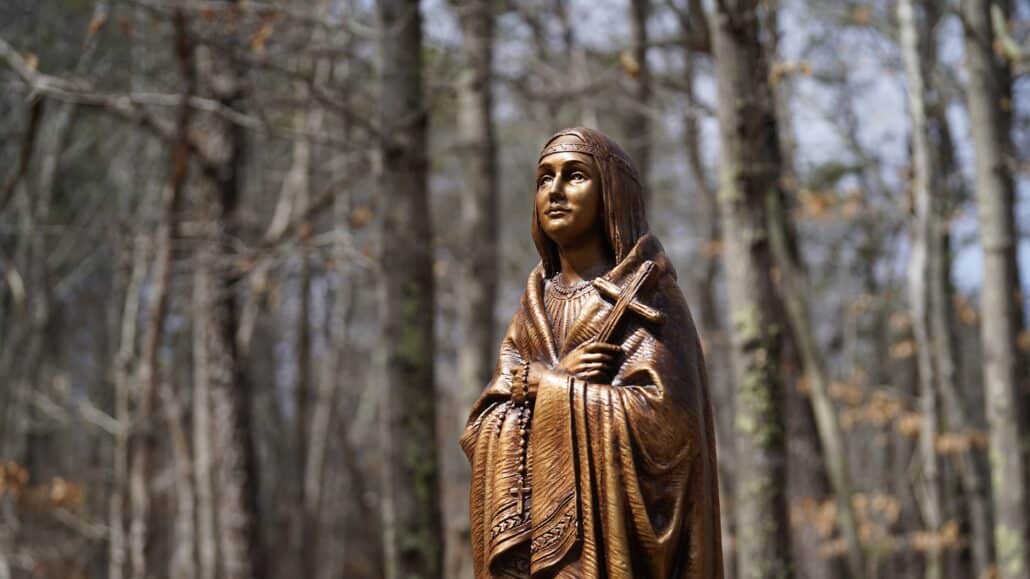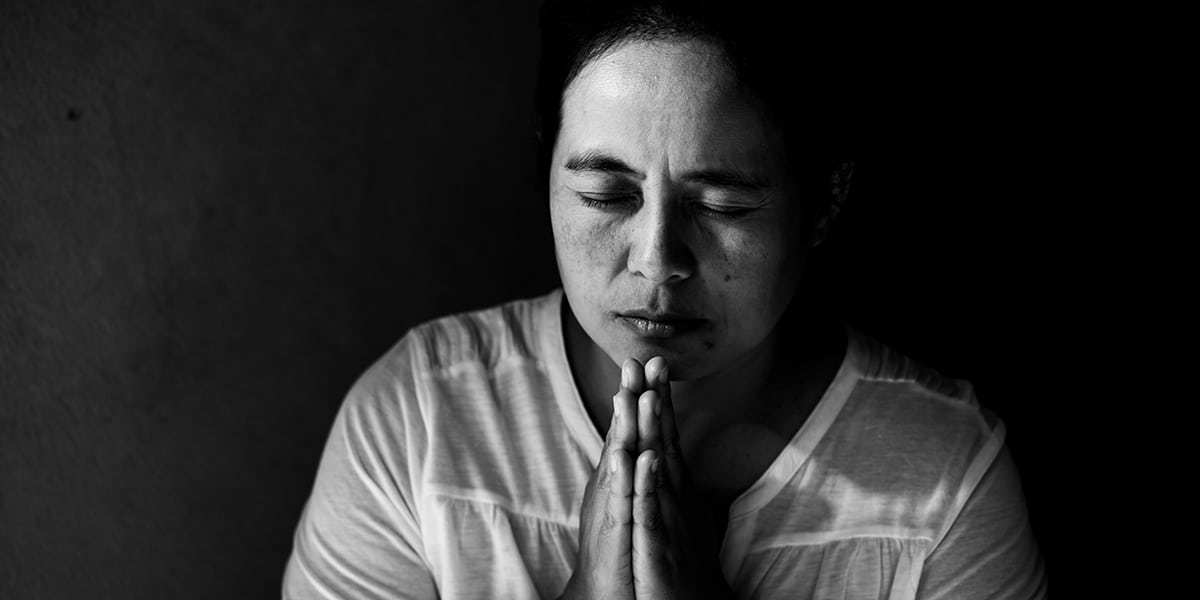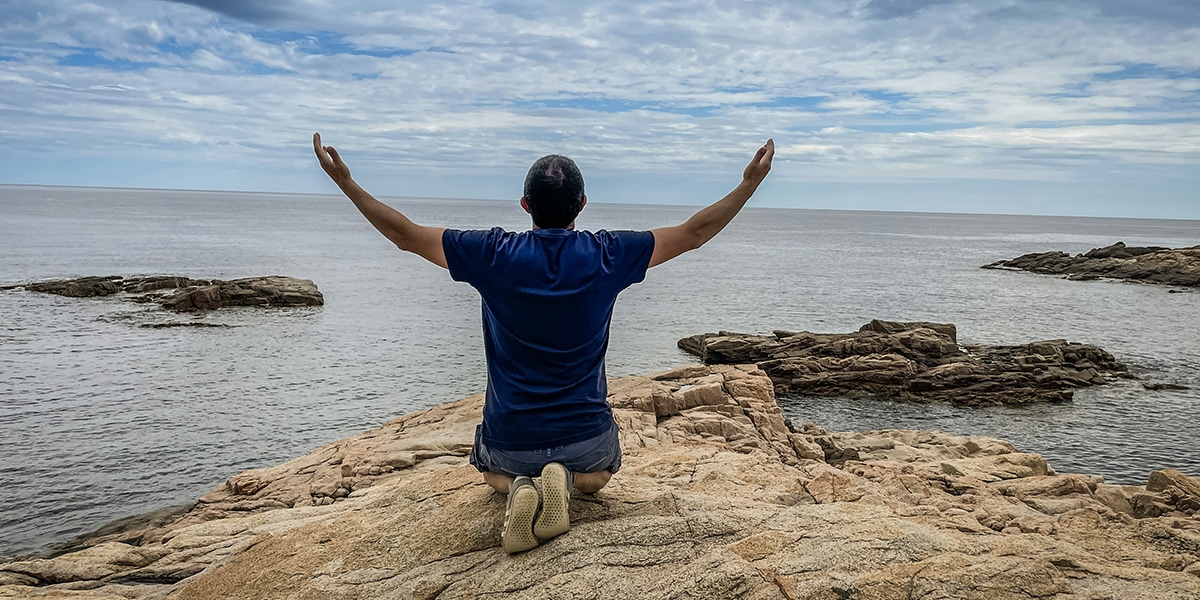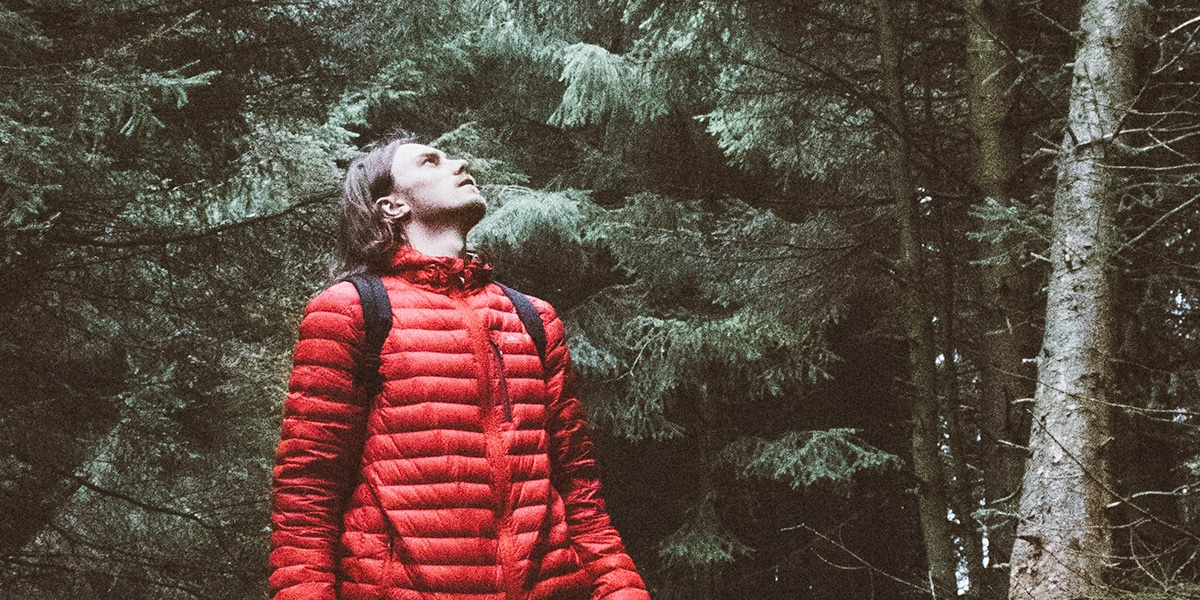For many years, American Catholics who wanted literally to follow in the footsteps of a saint had to travel to Europe. In Assisi, they could step where St. Francis did. In Ireland, they might walk the byways of St. Patrick. It wasn’t until the late-20th-century canonizations of Sister Elizabeth Ann Seton, born in New York City in 1774, and Sister Katharine Drexel, born in Philadelphia in 1858, that Americans finally had the opportunity to stay in the country when visiting places where U.S.-born saints lived and worked.
But the Big Apple and the City of Brotherly Love have changed significantly since the 18th and 19th centuries. In contrast, a virtually unspoiled place trod by a saint lies in upstate New York, thanks to the October 21 canonization of Kateri Tekakwitha, who walked and prayed in what is now the central part of the Empire State. In her time, it was the land of the Mohawks.
Tribute to the Native Daughter
By making a trip to the Albany Diocese, people can visit two places associated with this Native American woman. The National Kateri Tekakwitha Shrine, located in Fonda, New York, and operated by the Conventual Franciscans (katerishrine.com), honors St. Kateri’s baptismal site, while the Jesuit-run Shrine of Our Lady of Martyrs in Auriesville, New York, marks her birthplace.
The landscape where St. Kateri walked and prayed hasn’t changed, nor has the meaning of her life, according to Bishop Howard J. Hubbard of the Albany Diocese. Earlier this year, in the diocesan newspaper, The Evangelist, Bishop Hubbard paid tribute to the native daughter: “Despite the pristine simplicity of the civilization [Kateri] experienced and the rather drab ordinariness of her life, there are . . . some important lessons to be drawn from her pilgrim journey of faith,” he said.
First, she was “a woman who understood well and accepted with patient resignation the mystery of the Cross, that mystery which proclaims that our faith is founded on . . . the paradox of death leading to life; the paradox of suffering leading to glory; the paradox of defeat and failure leading to victory.”
Second, continued Bishop Hubbard, St. Kateri was “a woman of magnificent fortitude, dogged determination, and unswerving conviction. A lesser person might well have yielded to the pressure . . . to squelch that thirst for the God of the Christians, which the Holy Spirit had so copiously stirred up in her heart.”
Finally, he said, St. Kateri was “a woman of great prayer, a woman who had a deep and abiding awareness of the Lord’s love for her and an ongoing personal relationship with him.”

Commemorating the Canonization
Since its origin in 1847, the Albany Diocese has commemorated St. Kateri in several ways. Both the Knights of Columbus and the Catholic Daughters of the Americas have chapters dedicated to her. A diocesan program carries her name: Kateri Institute for Lay Ministry Formation. Most recently, two parishes that merged in Schenectady eschewed creating a portmanteau name from the titles of the former parishes and elected to become St. Kateri Church.
The two national shrines annually host multiple events that involve Native American Catholics. This year, the National Kateri Tekakwitha Shrine celebrated the saint’s feast day on July 14 with Native American rituals and songs. “I wanted to be in the place where she lived, where she was baptized, and where she is still honored,” said Eddie Ryder of Bay Shore, a town on Long Island. “I’m part Native American, and I’ve always wanted to come here and really feel Kateri’s presence.”
As Franciscan Father Mark Steed prepared to celebrate the feast-day Mass in a rustic pavilion on the shrine’s 200 acres of wooded land on the bank of the Mohawk River, he explained the significance of St. Kateri’s canonization for Native American Catholics. “It authenticates who they are as a people and who she was as an individual living all of those numbers of years ago,” he told Catholic News Service. “It gathers them in now to the whole Church. So they’re not sitting on the fringe. Now they are part of the inner circle.”
Four days later, more than 800 Native American Catholics from throughout North America flocked to the Albany Diocese to attend the 73rd annual Tekakwitha Conference. Holding the conference in Albany was a lucky stroke—or the intercession of a soon-to-be saint— because the event had been slated well before the canonization was announced. The conference, based in Great Falls, Montana, was started in 1939 as a way to unify Native American Catholics from different tribes across the United States.
Participants included members of the Mohawk, Choctaw, Algonquin, Navajo, Ojibwa, and other tribes. They listened to presentations ranging from the connection of Mother Earth and fracking to Native Catholic genealogy and a talk on St. Kateri as “a princess of the Eucharist.” Throughout the conference the smell of burning sweetgrass—known among native peoples as the “hair of Mother Earth”—wafted through Masses as congregants approached altars, offering corn, beans, and squash with the Eucharist.
Conference executive director Sister Kateri Mitchell, SSA, a Mohawk, said that the organization’s members, as well as other native peoples, routinely return to where the new saint was born and baptized because “there’s something intriguing about Kateri. She was born way back in the mid-17th century and died 24 years later. But in 2012, people still remember this Indian woman.”
Walking on Holy Ground
Sister Kateri’s own introduction to the new saint occurred when she was a child named Delia; she grew up on the St. Regis Mohawk Reservation, which straddles upstate New York and Canada. “My father would say on some mornings, ‘Let’s go back home.’ By ‘home,’ he meant the Mohawk Valley—Fonda and Auriesville,” she recalled. “He said that even though he had never lived there. The Mohawk people had not lived there for centuries. My father would tell the story of our people when we were there. It was like walking on holy ground.”
As the years passed, she came to love the shrines as much as her father did. “They attracted me,” she explained, and then echoed her father by saying, “It was like going home.”
Eventually, she entered religious life and chose Kateri as her name. When her order later permitted its members to return to their baptismal names, she consulted her parents. “My mother and father said, ‘Keep Kateri.’ It’s a very special name to me. I’m a Kateri more than a Delia.”
The uniqueness of the Kateri sites in upstate New York, she says, is that “they are so beautiful. Nature itself captivates you. People have told me they go there annually because they find a connection with nature and Kateri. It’s very peaceful and sacred. St. Kateri calls people to deepen their own spiritual lives.”
In 1987, while visiting the United States, Pope John Paul II called Kateri “the best-known witness of Christian holiness among the native people of North America. . . . She always remained . . . a true daughter of her people, following her tribe in the hunting seasons and continuing her devotions in the environment most suited to her way of life, before a rough cross carved by herself in the forest. The Gospel of Jesus Christ, which is the great gift of God’s love, is never in contrast with what is noble and pure in the life of any tribe or nation, since all good things are his gifts.”
Sister Kateri believes that those good gifts include St. Kateri and the land her people loved, where today’s Catholics can walk in her footsteps.








